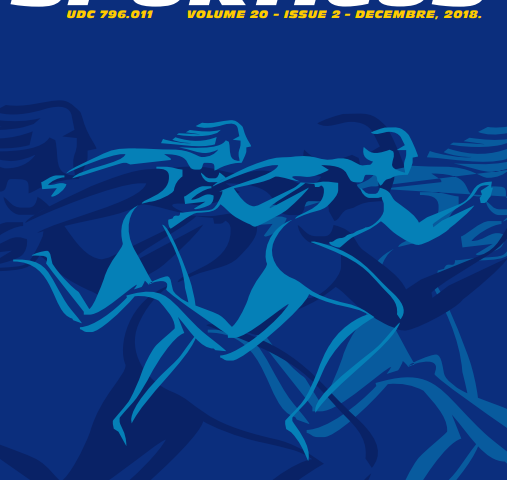Abstract
Previous research suggests that yoga benefits for various health problems such as physical and metabolic disorders, respiratory problems, mental disorders, while special attention in recent years has been paid to studying the positive effects of yoga on the improvement of the functioning of the cardiovascular system. The goal of our study was to examine whether practicing yoga for at least a year is related to the respiration mechanism (fewer respiratory cycles per minute and heart rate) and heart rate variability (HRV) in the population of middle-aged women. The sample consisted of two groups of women older than 40 years. Members of the first group (n = 24) practiced yoga for at least one year, while members of the comparison group (n = 25) did not practice any form of organized physical activity. Obtained results are in accordance with most of the published scientific literature on the topic. This means that practicing yoga on a sample was a correlate of more desirable heart rate variability and more efficient respiratory function, but that the observed effects were statistically small to moderate. Due to the weak statistical power, no statistically significant differences were observed when it comes to comparing groups, but statistically significant correlations were observed between the length of yoga practice and more desirable physiological parameters. In this paper, we discuss the advantages and limitations of our study, as well as the general importance of conducting correlational studies to assess the actual effects of various preventive activities.
Key words: heart rate variability, yoga, breathing, middle-aged women, correlation studies.


